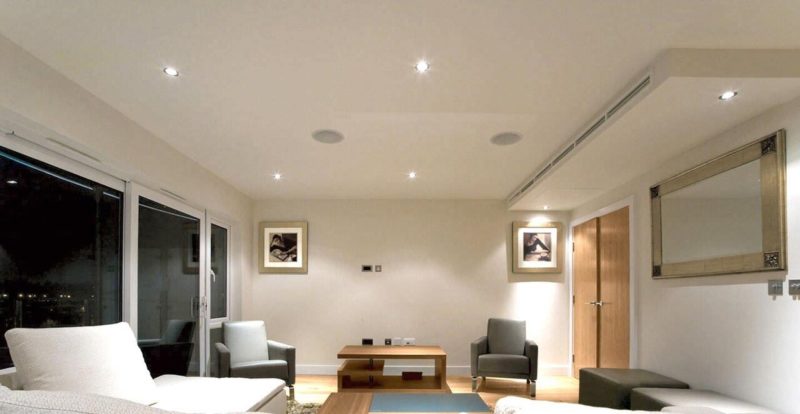Throughout this blog, we’ll look at what might be causing your lights to flicker, and why making the switch to LED light bulbs is the best route for you to pursue.
Lockdown restrictions are easing, the days are starting to feel longer, and hopefully, we can all start to make plans for this summer and beyond – at home and abroad.
Just because it’s lighter outside though, it doesn’t mean that we should neglect our inside lighting setup.
Natural light, is of course good, but there’s still plenty of occasions over the summer months where reliable indoor lighting will be necessary.
One customer recently asked us;
Why does my light flicker?
If truth be told, there’s a couple of reasons, but also, a couple of solutions as well.
It could be a number of things, but generally, it’s one of the following.
If you’ve recently swapped from 12V halogen to 12V LED lights (such as MR16 spotlights), it may be that the new led light bulbs total sum of wattage, is below the transformer minimum load, and therefore could result in some flickering. The transformer is part of your fitting and converts the mains 240V into 12V that the light bulbs require.
A good solution might be to replace the existing transformer with an LED compatible transformer, or further still, to increase the number of lightbulbs on the circuit to meet the minimum wattage requirement of the transformer.
Another reason might be due to dimmer switch incompatibility. If you go down the dimmable LED route, it is best practice to use an LED compatible dimmer switch. Similar to the situation with the transformer, the sum total wattage of light bulbs used in the circuit must fall between the minimum and maximum load of the dimmer switch, and if those conditions are not met, you may notice that your light will begin to flicker.
Changing from halogen to LED light bulbs to help prevent lights flickering
The best recommendation we can make when it comes to preventing your lights flickering to flicker, is to make the move over to mains powered 240V LED lights, throughout your house or property. This may mean you need to install some new fittings, but it removes the need for a 12V transformer which could be the main cause of flickering.
It is worth remembering; LED lights are more reliable, and if you do change, you’ll be sure to see a huge difference in numerous other areas such as energy consumption and cost.
For example, LED lights are more efficient than incandescent, fluorescent and halogen lights. They’re also safer, clearer in brightness, and last longer.
There’s the environmental impact as well, and we have numerous blogs on our site about this. To summarise though, LED lights are around 80% more energy efficient than other light bulbs. If you are a home or business owner, this is important, because the less energy required to produce lighting, the lower your monthly bills will be.
So if your light is flickering, you may need to look at other options than simply turning the light on and off numerous times (this can in fact do more damage than good).
If you’ve a query related to something we’ve discussed in this blog, or you have a general question about LED lighting that you’d like answering, then get in touch with a member of our team today. We’re always on hand and happy to help.



